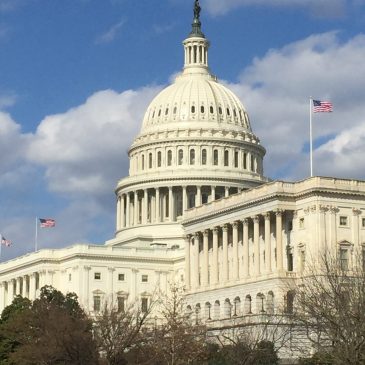Preparing and Training Education Professional (PREP) Act
I want to give my readers a summary of the proposed changes for the new higher education act currently under consideration in Congress. These changes were provided to me by Senator Kaine’s office after I visited a briefing on the teacher pipeline hosted by the Senator and The Learning Policy Institute. The senate briefing called, “Strengthening the Educator Pipeline: Evidence-Based Approaches to Teacher and Leader Preparation,” was based on the needs of K-12 education teacher preparation and professional development. The PREP act is being aligned so that good policymaking for teacher preparation exists from K-12 to 13-16, and graduate preparation programs.
Section-by-Section Summary of Key Changes to Current Law
Sec. 200 – Definitions
- Updates definitions to reflect high-quality research on effective educator preparation and the
skills that educators need to support k-12 students in today and tomorrow’s economy.
- Expands the definition of a high-need district to include those with educator shortages and with a majority of schools identified for additional support and improvement under the Every Student Succeeds Act (ESSA).
- Aligns relevant definitions with those included in ESSA.
Part A – Teacher Quality Partnership Grants
Sec. 201 – Purposes
- Expands the purpose of Teacher Quality Partnership grants (TQP) to include the recruitment of well-prepared individuals from underrepresented populations with an emphasis on areas of teacher shortages.
- Emphasizes the importance of partnerships between school districts and institutions of higher education to support alignment between teacher and leader preparation and the needs of k-12.
Sec. 202 – Partnership Grants
- Requires applicants to describe efforts to implement a competitive and comprehensive screening process, prepare teaching candidates to effectively teach subject matter and support the academic and non-academic needs of students, including strategies for closing achievement gaps, and developing strong district-institution partnerships.
- Directs grantees to provide high-quality clinical experiences, with a priority for residency programs, and implement evidence-based elements of high-quality teacher and leader preparation designed to improve effectiveness.
- Supports “Grow Your Own Programs” designed to recruit teacher candidates from nontraditional populations including paraprofessionals, after-school program staff, or other community members and support them financially as they complete preparation programs, in exchange for the candidates returning to teach in their communities.
- Creates a set aside to support states in their work to increase teacher and school leader diversity, improve teacher preparation programs, and address state teacher and school leader shortages
Sec. 203 – Administrative Provisions
- Prioritizes programs that offer candidates the opportunity to learn to teach in partner schools through a residency, address rural teacher and leader shortages, or increase the diversity of the teacher and leader workforce.
Sec. 204 – Accountability and Evaluation and Sec. 205 – Accountability for Programs that Prepare Teachers and Leaders
- Streamlines measures by focusing on metrics of program completion, attainment of full certification, and retention rates.
- Expands data to include data on school leaders.
Sec. 206 – Teacher Development
- Aligns the setting of annual goals for preparation programs with state and local efforts under ESSA and makes additional changes to be more responsive to the needs of local educational agencies.
Sec. 209 – Authorization of Appropriations
- Authorizes a funding level of $300,000,000 and if the amount appropriated in a fiscal year is at or above $100,000,000, allows individual award amounts to be increased.
Sec. 210 – Honorable Augustus F. Hawkins Centers of Excellence and Other Title II Programs
- Supports Minority Serving Institutions by authorizing grant programs of at least $500,000 to recruit and prepare teachers to implement evidence based reforms to prepare teachers or school leaders to serve in low-performing schools and close student achievement gaps and promote effective teaching or school leadership skills including through providing residency programs, mentorship, and service scholarships.
- Eliminates programs that have not been recently funded or demonstrated effective and incorporates their objectives into TQP and other funded programs under Title II to provide a more comprehensive preparatory experience for candidates.
Title III – Institutional Aid
Sec. 318 – Predominantly Black Institutions and Sec. 319 – Native American- Serving, Nontribal Institutions
- Aligns activities within teacher preparation programs at Predominantly Black Institutions and Native American-Serving, Nontribal Institutions with the evidence-based practices required under Title II.
- Increases the authorization levels to support efforts to prepare a diverse educator workforce.




